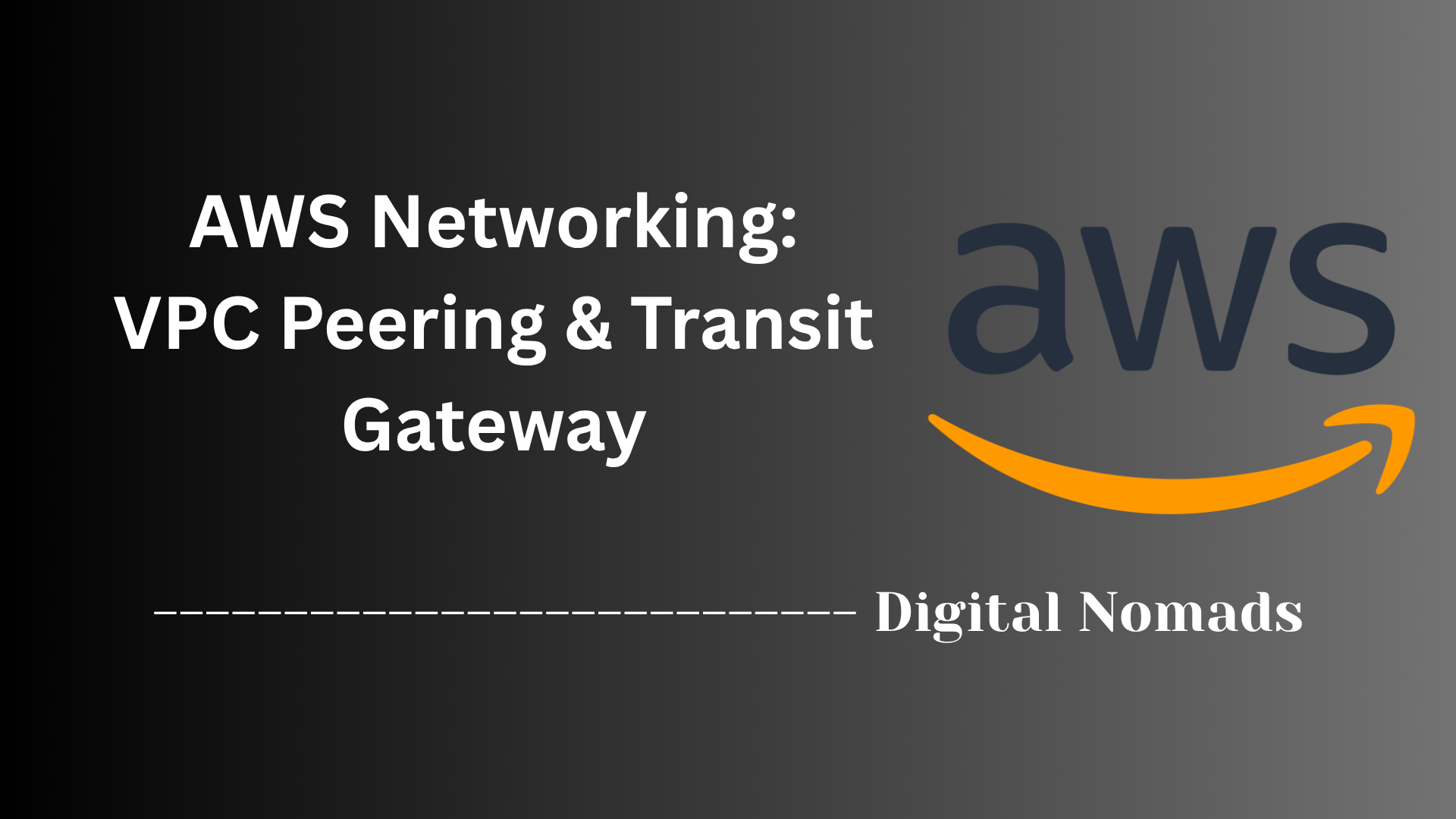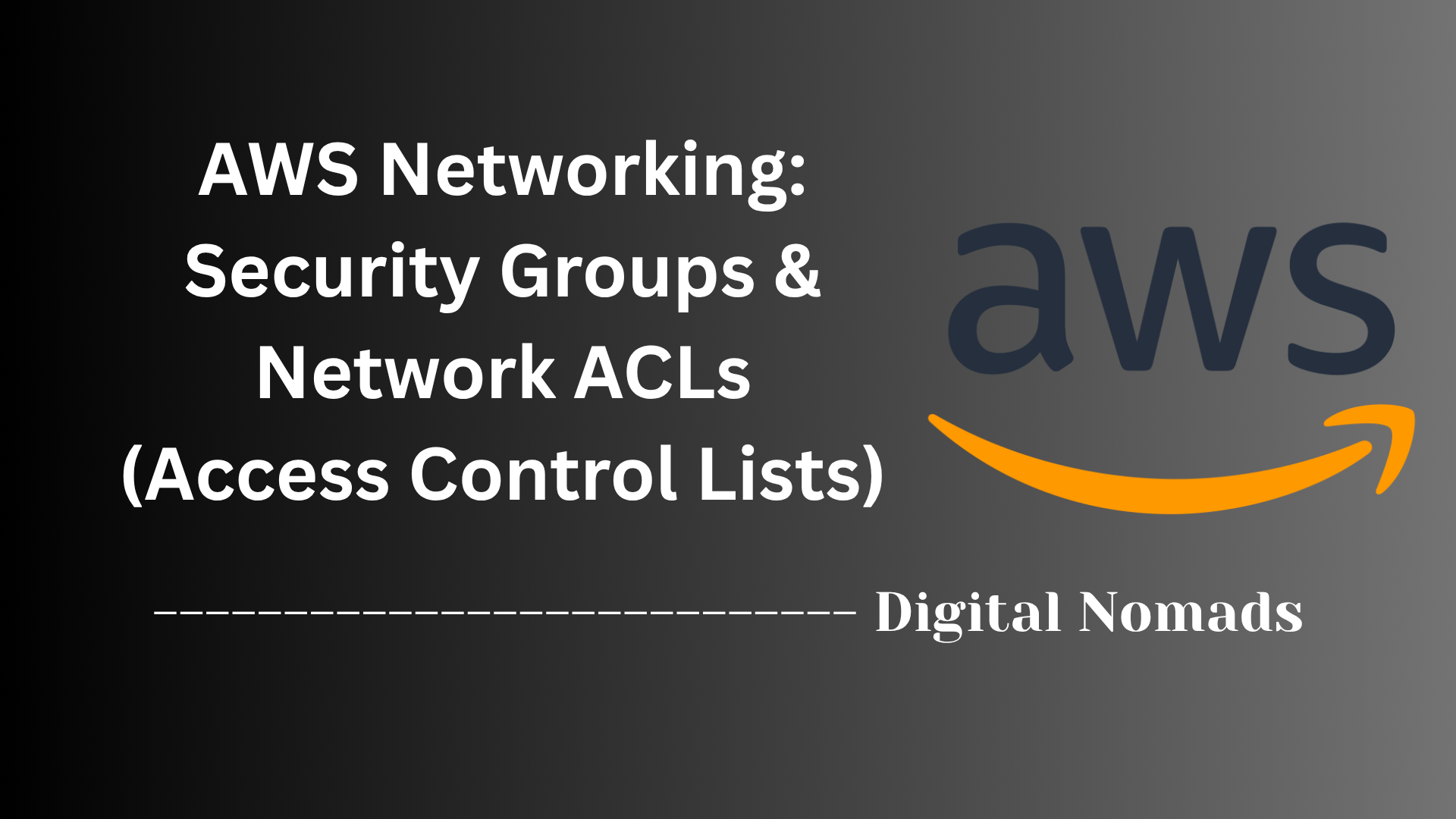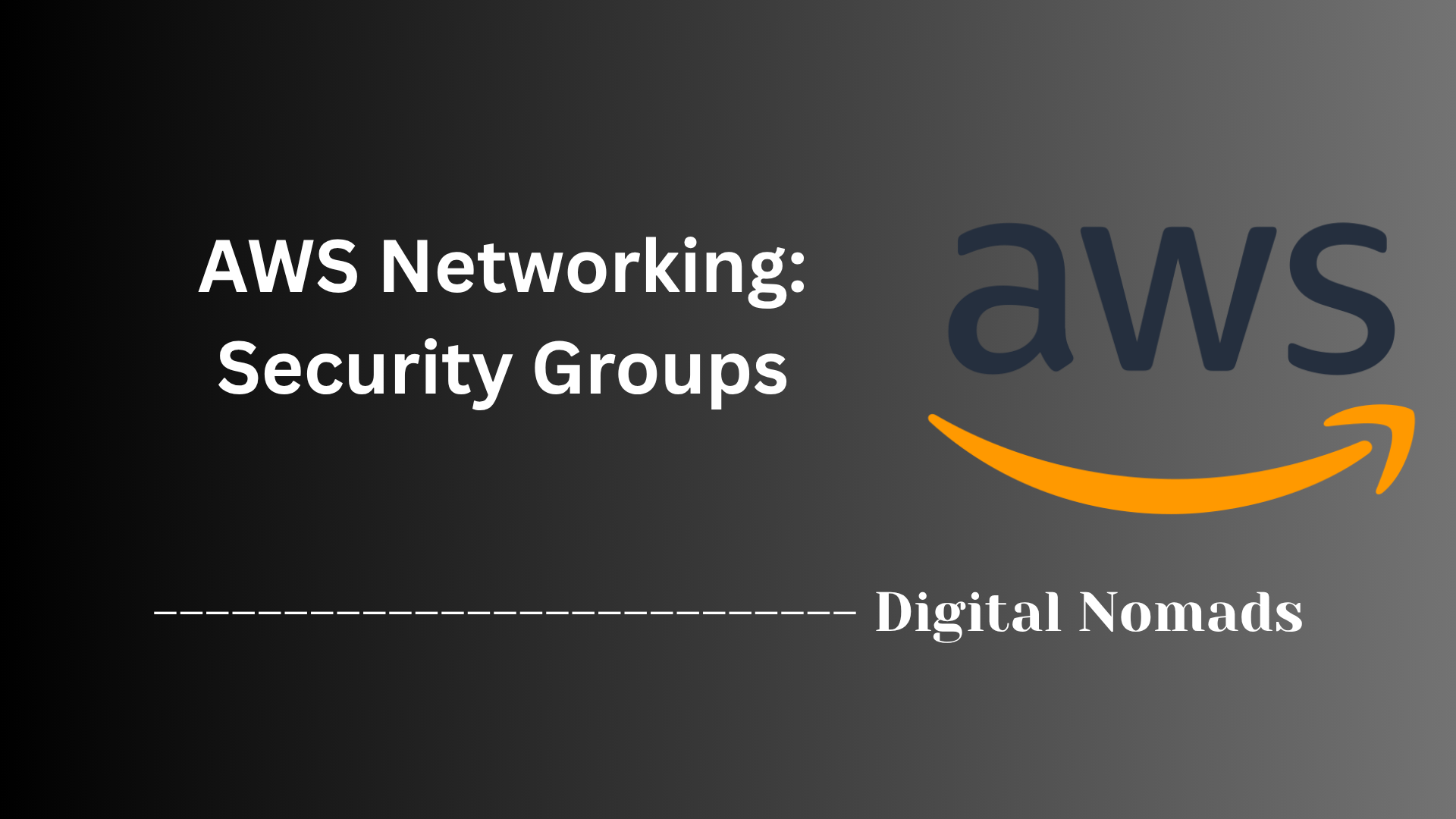Table of Contents
- Overview
- Core Components
- Architecture Components
- Common Use Cases
- Limitations and Considerations
- Setup Steps (Summary)
- Conclusion
AWS Networking: AWS Direct Connect — Overview
What is AWS Direct Connect?
AWS Direct Connect is a networking service provided by Amazon Web Services that establishes a dedicated, private network connection from your premises—such as a data center, office, or colocation facility—directly to AWS. Unlike traditional connections over the public internet, Direct Connect uses a dedicated fiber-optic line to link your on-premises network to AWS infrastructure, giving you consistent, high-throughput access to cloud resources.
Why Do You Need to Know About It?
Understanding AWS Direct Connect is valuable for several reasons:
- Performance: Direct Connect provides a more predictable network experience with lower latency and higher bandwidth than standard internet connections; this is critical for workloads that require stable performance.
- Security & Compliance: By using a private physical connection, organizations can reduce exposure to internet-based threats, which helps with data security and compliance mandates.
- Cost Efficiency: Transferring data out of AWS with Direct Connect can be more cost-effective than using internet-based transfer, especially when moving large data volumes.
- Hybrid Cloud Solutions: For businesses running hybrid architectures, where applications and data reside both on-premises and in AWS, Direct Connect streamlines seamless integration and workload migration.
- Reliability: Direct Connect can be configured with redundancy and failover paths, ensuring high availability for mission-critical applications.
How Does It Work?
AWS Direct Connect operates by establishing a direct fiber network connection from your location to an AWS Direct Connect facility. Here’s how it works in practice:
- Physical Connection: Companies either purchase a dedicated port at an AWS Direct Connect location or use a partner to provide a hosted connection. This port is connected, via a physical cross-connect, to their on-premises network equipment.
- Network Integration: Once the line is active, your on-premises router and the AWS Direct Connect router communicate using standard network protocols. This creates a private path into AWS that does not traverse the public internet.
- Virtual Interfaces: Direct Connect allows creation of Virtual Interfaces (VIFs) that segment network traffic for distinct AWS services or Virtual Private Clouds (VPCs), supporting both public and private access patterns.
- Aggregation & Expansion: Using Direct Connect Gateway and AWS Transit Gateway, organizations can connect multiple VPCs and regions through a single or few physical connections, scaling infrastructure as needed.
With AWS Direct Connect, organizations gain the benefits of cloud networking—speed, scale, and security—minus the variable performance and reliability of the public internet. This service is foundational for building modern, high-performance hybrid cloud architectures.
Core Components
These are the primary elements that enable AWS Direct Connect to provide reliable, high-bandwidth, and secure connections between your on-premises environments and AWS services:
- Direct Connect Location: A physical facility, often a data center or colocation site, where AWS Direct Connect routers are deployed and customers establish dedicated network connections.
- Connection (Dedicated or Hosted): The actual physical or logical network link between your on-premises equipment and AWS, available as single-customer (dedicated) or partner-provisioned (hosted) options, supporting various bandwidth speeds.
- On-Premises Router: The networking device at your location, which connects using a cross-connect to the Direct Connect router at the AWS location.
- AWS Direct Connect Router: The network device managed by AWS at the Direct Connect location, serving as the AWS entry point for your traffic.
-
Virtual Interface (VIF):
A logical interface that determines how traffic is routed. Types include:
- Private VIF: For private connectivity to resources in your Virtual Private Cloud (VPC).
- Public VIF: For access to AWS public services such as S3 and DynamoDB.
- Transit VIF: For connecting to multiple VPCs using AWS Transit Gateway.
- Direct Connect Gateway: Enables you to connect your Direct Connect connections to one or more VPCs in any AWS Region (except China) using VIFs.
- AWS Transit Gateway: Supports scalable connections between thousands of VPCs and on-premises networks via a single Direct Connect Transit VIF.
- Link Aggregation Group (LAG): Combines multiple connections at a single Direct Connect location for increased bandwidth and redundancy.
Architecture Components
Understanding the key architecture components helps you visualize how AWS Direct Connect establishes secure, high-performance connectivity between your network and AWS resources:
- On-Premises Network: Your data center, office, or colocation facility where your network begins the connection journey to AWS.
- Customer Router: The device in your on-premises network that connects to a Direct Connect location via a dedicated or hosted network link.
- Direct Connect Location: A physical facility, typically a colocation data center, where AWS Direct Connect routers are deployed to interface with your router.
- Meet-Me Room (MMR): A shared space within the colocation site where your network physically connects to AWS networking infrastructure through cross-connects.
- Cross-Connect: The physical cable (fiber or Ethernet) connecting your router to the AWS Direct Connect router inside the MMR.
- AWS Direct Connect Router: AWS-managed router at the Direct Connect location that serves as the entry point to the AWS global backbone network.
- AWS Region: The AWS geographic area where your resources (e.g., VPCs, services) reside and where the Direct Connect location connects.
- Virtual Interface (VIF): A logical interface, created on the Direct Connect connection, that determines how your traffic is routed—can be Private, Public, or Transit VIF.
- Direct Connect Gateway: A globally available resource that aggregates connections and enables connectivity from Direct Connect to one or more VPCs across various AWS Regions.
- AWS Transit Gateway: A scalable router that connects thousands of VPCs and on-premises networks, accessible via a Transit VIF over Direct Connect.
- Link Aggregation Group (LAG): Combines multiple physical connections for higher bandwidth and increased redundancy in your architecture.
Limitations and Considerations
While AWS Direct Connect provides powerful dedicated connectivity to AWS, it’s important to understand its key limitations and planning considerations before deployment:
- Geographic Availability: Direct Connect locations are only available in certain regions and data centers, which may limit accessibility based on your organization's physical footprint.
- Setup Time and Complexity: Deployment requires physical connectivity, coordination with service providers, and sometimes several weeks for provisioning and installation.
- Additional Infrastructure & Cost: Direct Connect often involves higher up-front costs and infrastructure investments compared to VPNs, including cross-connect fees, port charges, and ongoing maintenance.
- Default Lack of Encryption: Connections are not encrypted by default; link-level encryption such as MACsec is only available at select locations and speeds. For end-to-end encryption, pairing Direct Connect with a VPN is often necessary for sensitive workloads.
- Scalability Limits: There are quotas on the number of virtual interfaces, routes, and associated gateways: for example, a single dedicated connection supports up to 50 VIFs, 100 BGP routes per session, and a limited number of connected VPCs or gateways depending on configuration.
- Manual Route Management: Some routing tasks, especially when integrating with AWS Transit Gateway, require manual entry of route prefixes, which can become cumbersome and is error-prone as your network grows.
- Redundancy is Not Automatic: High availability designs must be planned by deploying multiple connections and using diverse locations/providers for resilience—single connections present a single point of failure.
- Limited Support for Small Connections: Certain advanced features, like Transit Virtual Interfaces, are only available for connections greater than 1 Gbps.
- Regional and Service Limitations: Not all features (such as MACsec or high-speed ports) are available in every Direct Connect location or AWS Region.
Setup Steps (Summary)
This step-by-step summary outlines the main process for setting up AWS Direct Connect, from planning through to verification:
- Plan Your Connection: Decide which AWS Direct Connect location to use, how many connections you need for redundancy, and the desired bandwidth.
- Request a Connection: Log in to the AWS Management Console, navigate to Direct Connect, and request either a dedicated or hosted connection at your chosen location.
- Receive and Complete the Letter of Authorization (LOA): Download the LOA from the AWS Console and provide it to your data center or network provider to establish the physical cross-connect at the Direct Connect facility.
- Establish Physical Connectivity: Coordinate with the colocation provider or AWS Direct Connect Partner to connect your on-premises router to the AWS Direct Connect router via the cross-connect.
- Create Virtual Interfaces (VIFs): Set up one or more virtual interfaces (Private, Public, or Transit VIF) in the AWS Console, depending on your connectivity needs (VPC access, AWS public services, or Transit Gateway).
- Download and Apply Router Configuration: Use the AWS Console to download a configuration template specific to your router vendor/model and apply it to your on-premises equipment for BGP peering and network settings.
- Test and Validate the Connection: Verify status and connectivity, ensuring BGP sessions are established and traffic flows properly. Troubleshoot as needed for successful integration.
- Implement Redundancy and Monitor: For high availability, set up redundant connections using different physical paths and monitor the health and performance of your Direct Connect infrastructure.
Conclusion
Throughout this blog post, we explored the ins and outs of AWS Direct Connect, a powerful service that enables secure, high-performance, and scalable network connections between your on-premises infrastructure and AWS. Here's a quick recap of the key takeaways:
- Core Components like Direct Connect locations, virtual interfaces (VIFs), and AWS-managed routers are foundational to setting up a reliable connection.
- The Architecture Components paint a clear picture of how your physical network integrates with AWS cloud infrastructure, including the roles of cross-connects, customer routers, Direct Connect gateways, and Transit Gateways.
- Common Use Cases demonstrate Direct Connect's value in supporting hybrid architectures, large-scale data transfers, latency-sensitive workloads, and business continuity strategies.
- We discussed Limitations and Considerations, such as geographic availability, lack of built-in encryption, setup complexity, and redundancy planning needs. These are important planning points before implementing Direct Connect in production.
- The Setup Steps gave you a step-by-step guide to get up and running—from design and physical provisioning to testing and optimization.
With the right planning and integration, AWS Direct Connect empowers you to build enterprise-class hybrid cloud architectures while improving performance, lowering latency, and reducing network unpredictability.
Thanks for following along, and we hope this deep dive has helped demystify AWS Direct Connect for your next cloud networking project. Happy building in the cloud!




